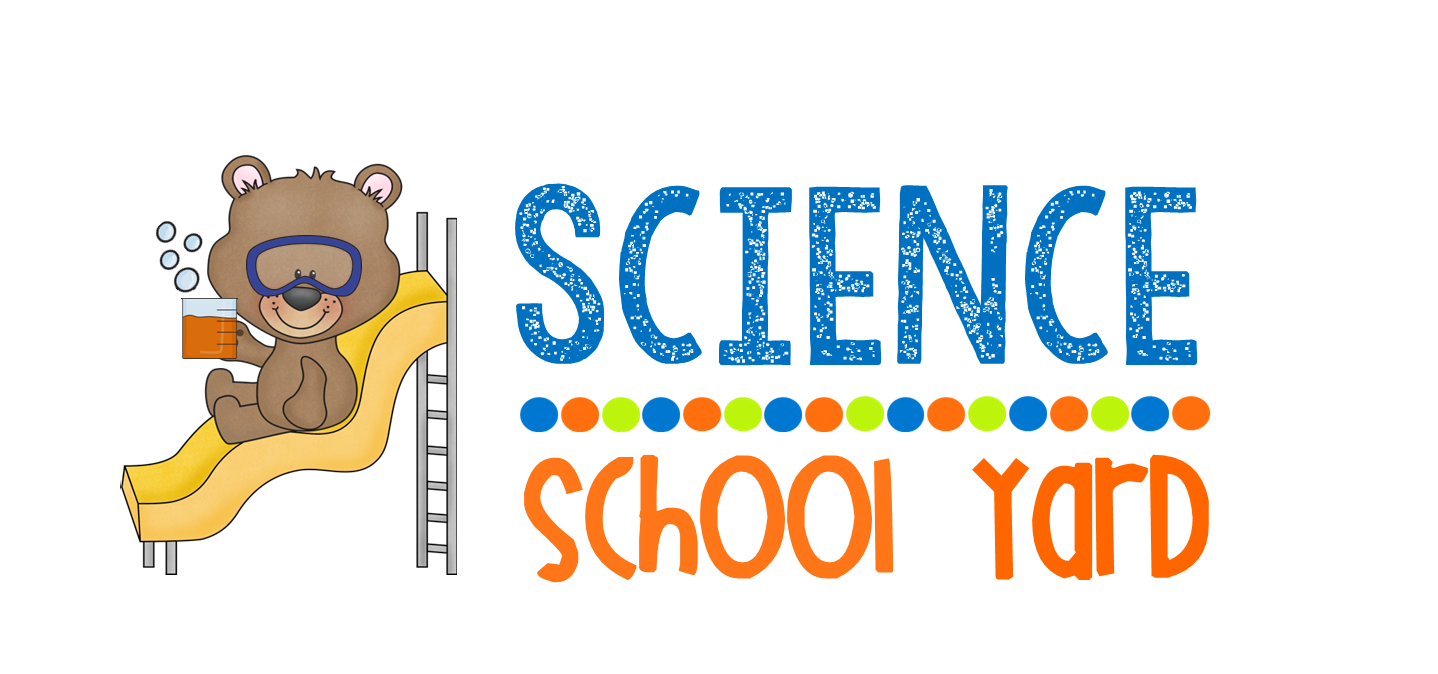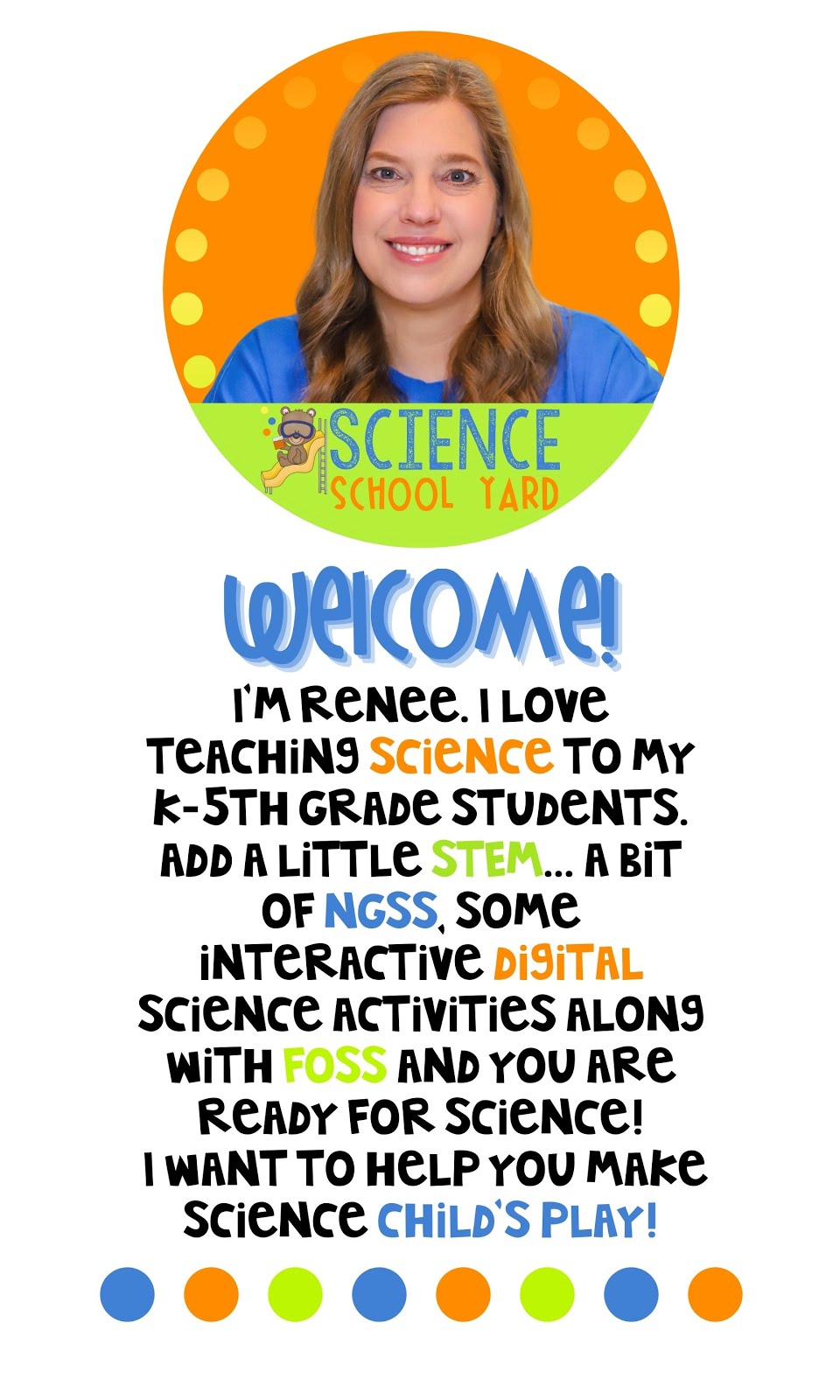Here are just a few ways that you can add apple themed ideas to your science lessons...
10 Apples Up On Top
I use this really fun video to tie in math and STEM! I use toilet paper tubes, red pom poms, and green tongue depressors to have student balance the apples up on top of their tree that they make. Before we watch the video, we learn the parts of an apple tree! It is actually amazing that the students in kindergarten and first grade don't know words such as bark, trunk, stem, and leaves.
A fun tip is to have them hug their trunk, stretch their branches, sway their leaves, and wiggle their roots!
Apple Senses
Apples are a perfect way to teach the five senses! Not only can they look and observe...they can feel how wet and sticky they are...they can hear the crunch...they can smell the sweet or sour...and of course they can taste!
I love to give them options to even add some math for a quick survey! Do they prefer green, red, yellow, or a mix of color such as red and yellow?
Here is a link to a free apple themed pack for you!
Apple Layers vs. Earth Layers
An apple is a great way to teach the layers of the Earth! The outside skin is like the crust of the Earth. The next layer the pulp or the flesh is like the mantle, and the thin line that separates the flesh from the seeds is the outer core. The outer core can represent the inner core. You can even connect the stem to relate to the axis.
Apple Perspective
I love this activity for older students...I get a jug of apple juice. I dye a pitcher of it red, a pitcher of it green, and a pitcher I leave plain apple juice. I then ask them to use their sense of taste and let me know what kind of kool aid the red and green are. Then I give them apple juice and ask them what this drink is. We discuss perspective because the color changes what they seem to taste. This usually blows them away! This activity and apple perspective can be found HERE!
Apple Preservation
We use lemon juice, Milk of Magnesia, baking soda, lemon juice, and water to test how to keep an apple from turning brown. We learn why apples turn brown through a fun controlled experiment! This is a quick way to teach variables and controlled experiments.
Apple STEM Connections
Apples are great way to build structures with. I cut the apples into small pieces and give each student a cup of apples and some toothpicks. We look at objects and nature or how fall is represented: in hay bails, pumpkins, football...then they build that structure. Students then try to identify what someone built!
Another fun STEM connection is to make an apple picking maze on the wall with toilet paper tubes and red/ green pompoms. The students must make an apple chute/maze to get the apples from the tree or top of the chute to the cup at the bottom for collection. They need so many turns and so many tubes.
This pack is ready for you! Find Apple STEM Connections HERE!
Flipping Over Apples
One of my favorite ways to teach lately is to use flip books. I use to feel that I needed to use every page of my flip books, but I love using two sheets printed out on one page to have students use as stations! I love that I can also use it through multiple grade levels and pick certain pages for a specific class to use, which allows me to utilize the apples on our school apple tree in a more diverse way!
I use to feel that I needed to use each sheet with a class, but time is really valuable and I only have an hour per week with each grade level. Find this Flip book by following this link...
Together we can make Science Child's Play and much more...APPLE-ing!
















































